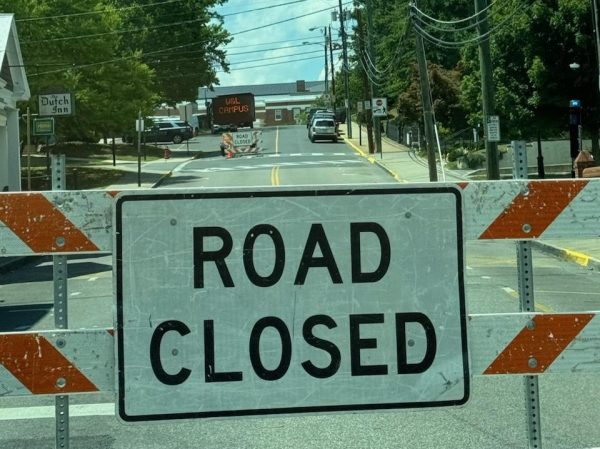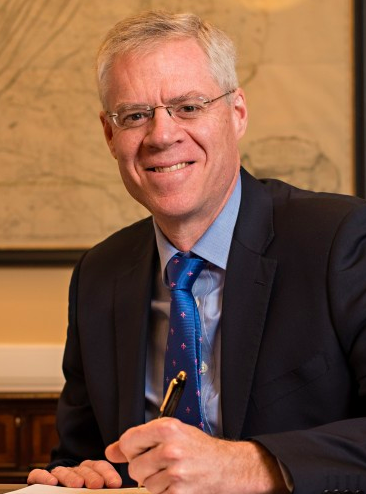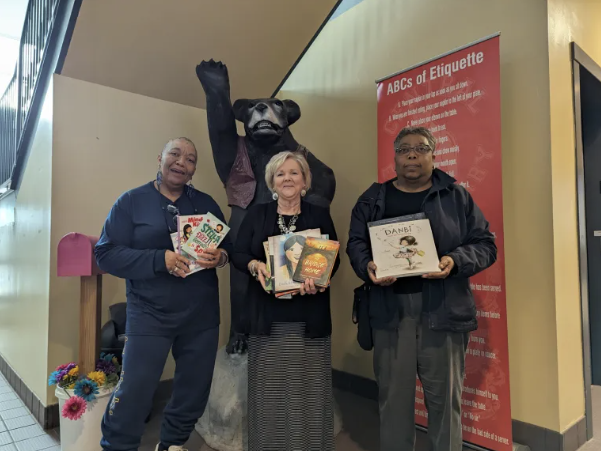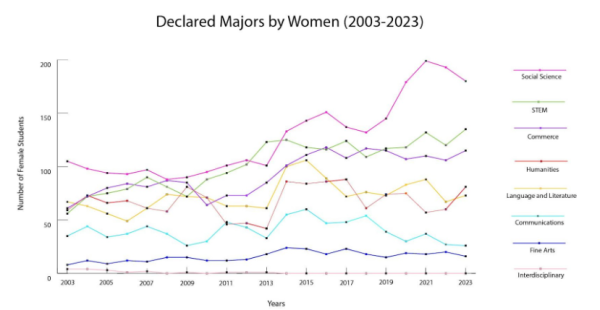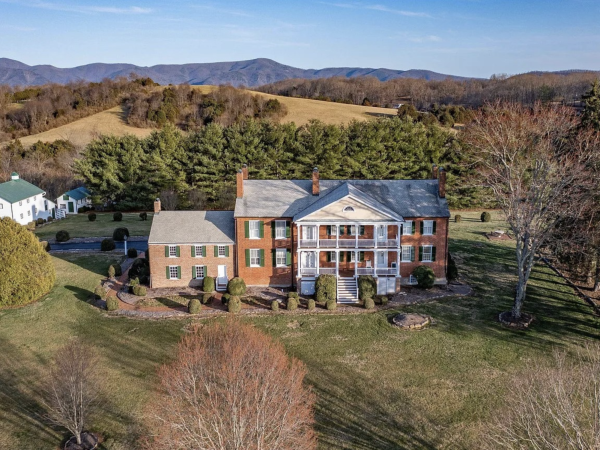SEAL pushes board to approve solar-powered third-year housing
May 22, 2015
In line with their mission to “increase environmental awareness among students and promote campus sustainability,” the Student Environmental Action League recently held a concert and panel to bring awareness to the proposed installation of solar panels to supply third-year housing with electricity.
At the Solar Panel Fest 2015 concert students enjoyed music performed by Great Good Fine OK and Greg Ward.
The Solar Panel Panel, a moderated information session about W&L’s current and potential solar projects, was held the night prior to the concert.
Panelists at the event included: Dave Merchan, University Engineer, Tony Smith, President and CEO of Secure Futures, Matt Hedberg, ’15, whose senior capstone research was on solar/alternative energies, and Sequoya Bua-lam, ’17, an officer of SEAL who discussed student involvement in the solar panel project.
SEAL organized the concert and panel to make their voices heard, Maya Epelbaum, ‘16, Secretary of SEAL, said.
In addition to recent efforts, petitions in support of installing solar panels to supply third-year housing have been circulating.
SEAL hopes to reach a total of 622 signatures, which would be a third of the student body. Students interested in signing the petition can visit the W&L Goes Green Facebook page.
SEAL will also table in Elrod Commons May 11 -15 to gain additional signatures for their petition, hoping to “seal the deal” for the installation of solar panels to supply third-year housing with electricity.
The Board of Trustees will hold its spring meeting on May 16 to possibly make a decision regarding solar panels.
“The board may or may not be dealing with the solar panel matter at its spring meeting,” James Farrar, secretary to the Board of Trustees, said.
As the ultimate fiduciary, the Board of Trustees is responsible for the governance and management of the university.
Kim Cowgill, Director of Sustainability Initiatives and Education, estimates a $1.3–1.5 million up-front cost to install the solar panels. While the return on that investment is not for 15 or 20 years, the life of the panels is 35–40 years, according to Cowgill.
“It’s a really difficult decision in the short-term with a very long-term benefit,” Cowgill said.
SEAL members said they will continue their efforts for approval of the solar panels in the hopes of securing their investment in the environment.



